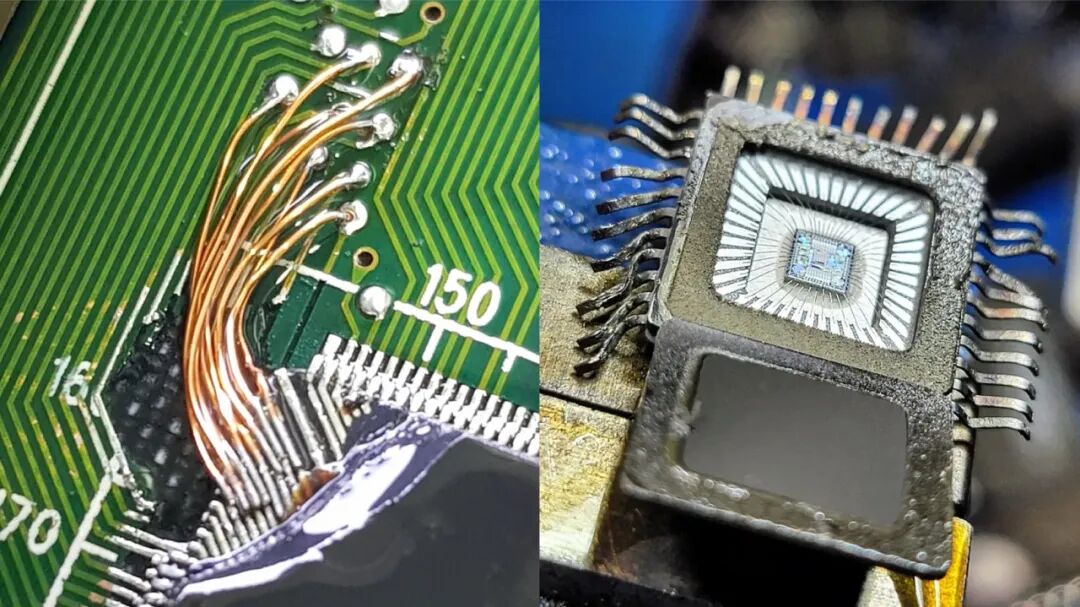
Author: Xiaoyu, Typesetting: Xiaoyu
WeChat Official Account: Chip Home (ID: chiphome-dy)
01 Exposing Wires Inside the Chip Package
We received a chip, and the core part of the chip is actually not as large as the chip itself. To facilitate the connection of numerous pins, an additional layer of packaging is added outside. Common types include metal packaging, plastic packaging, and ceramic packaging. Generally, consumer-grade chips mostly use plastic packaging, while aerospace and high-requirement commercial-grade chips use metal or ceramic packaging. If the outermost pins of the chip break, it is usually considered that the chip is “dead”. However, today we witnessed a challenging operation where, after the pins broke, the plastic packaging was removed, and wires were exposed inside the chip. Let’s quietly admire this skill.
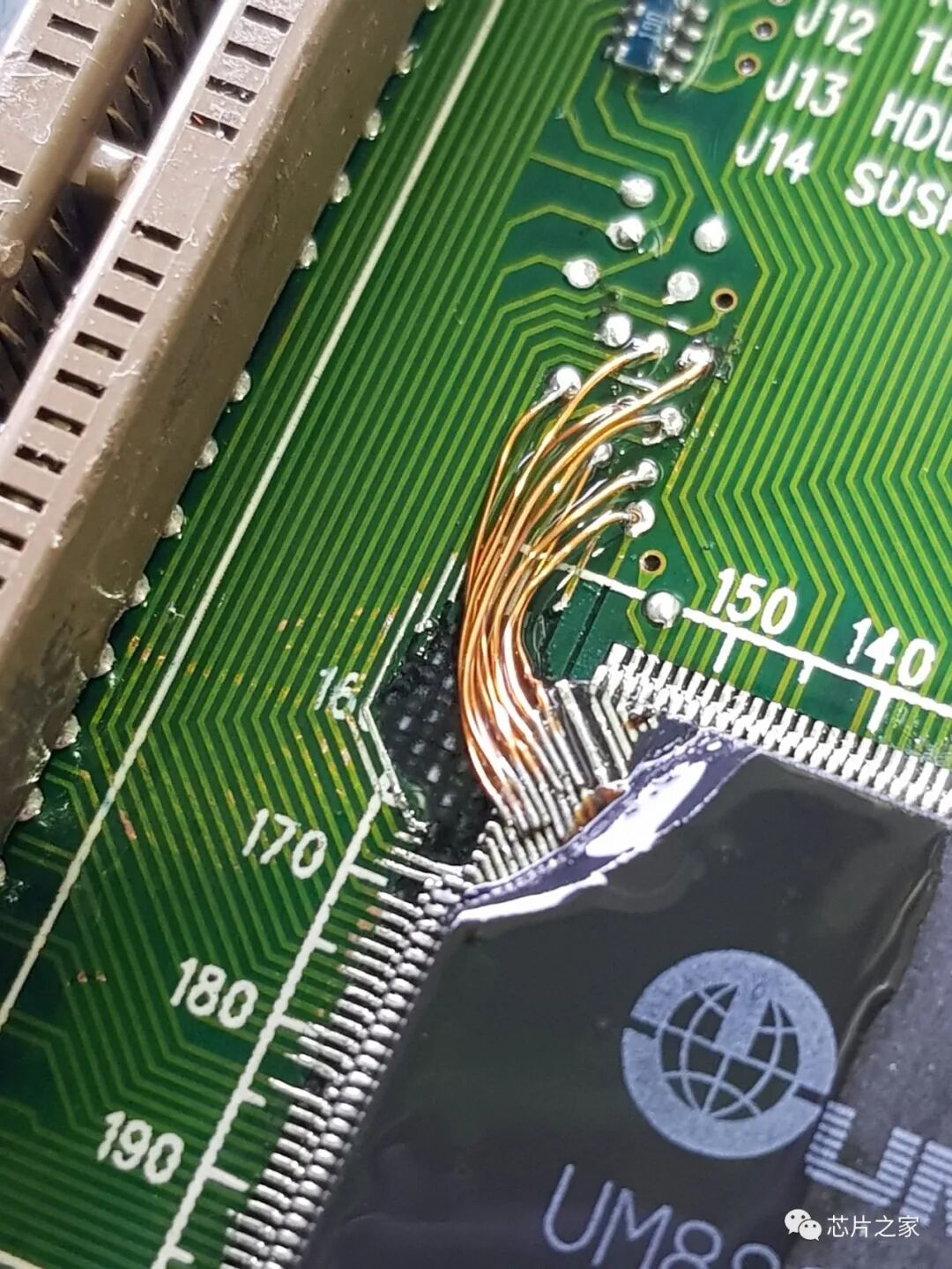
Many chips are structured like this:
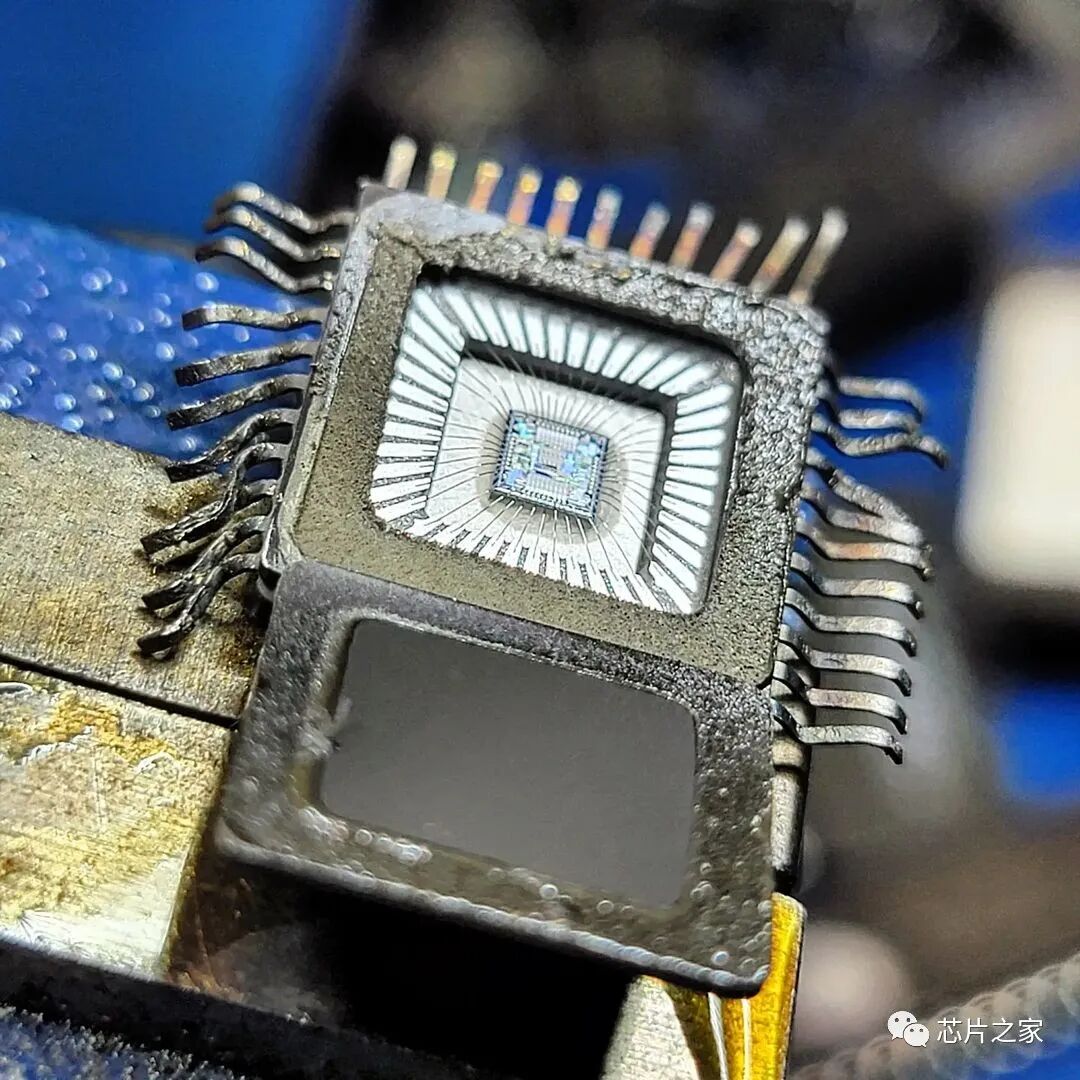
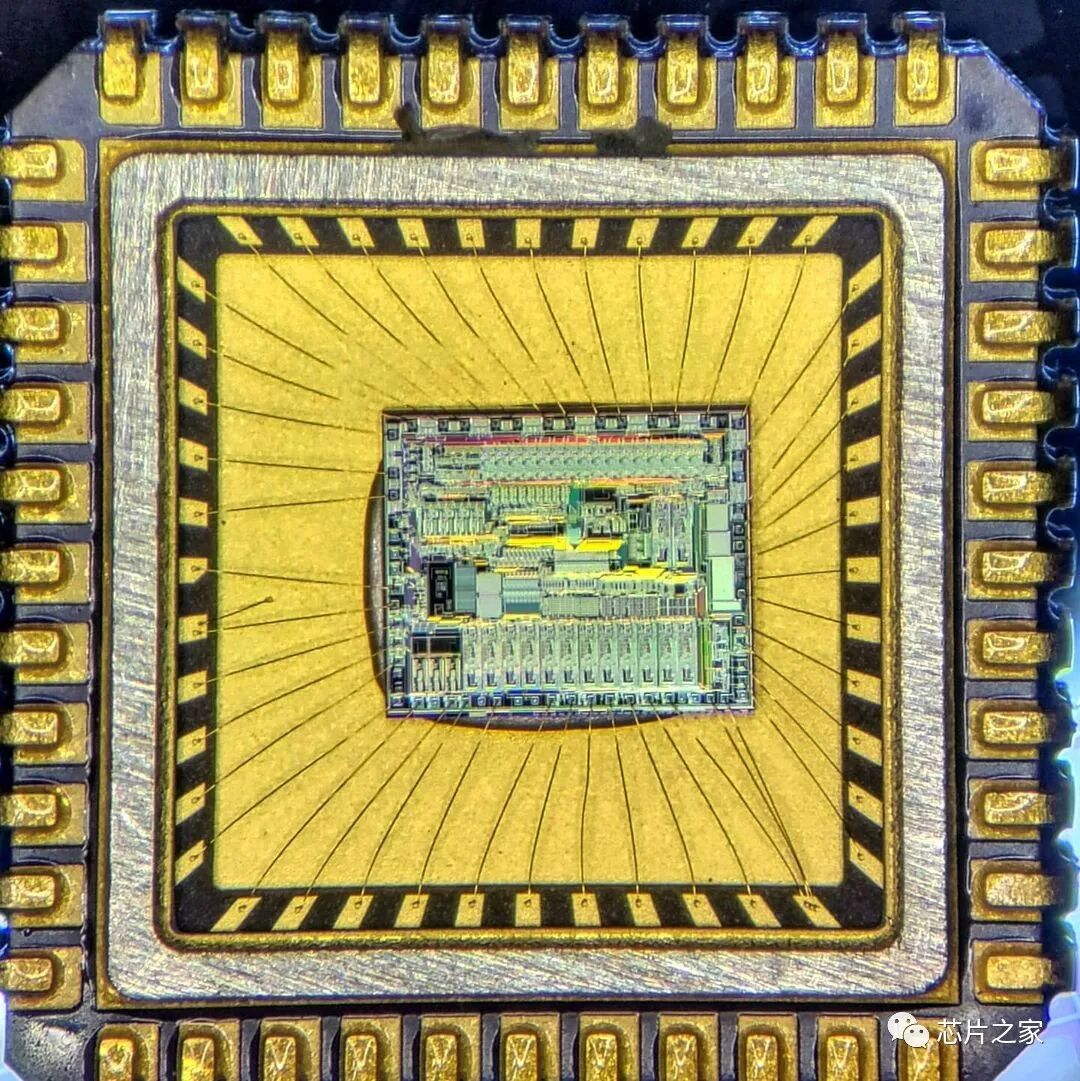
02 TRRRRRRRS Interface
TRS stands for Tip (signal), Ring (signal), Sleeve (ground), representing the three contacts of this connector. Its appearance is cylindrical, and the most common type is the 3.5mm audio interface, where we often see four segments: ground, left channel, right channel, and microphone.
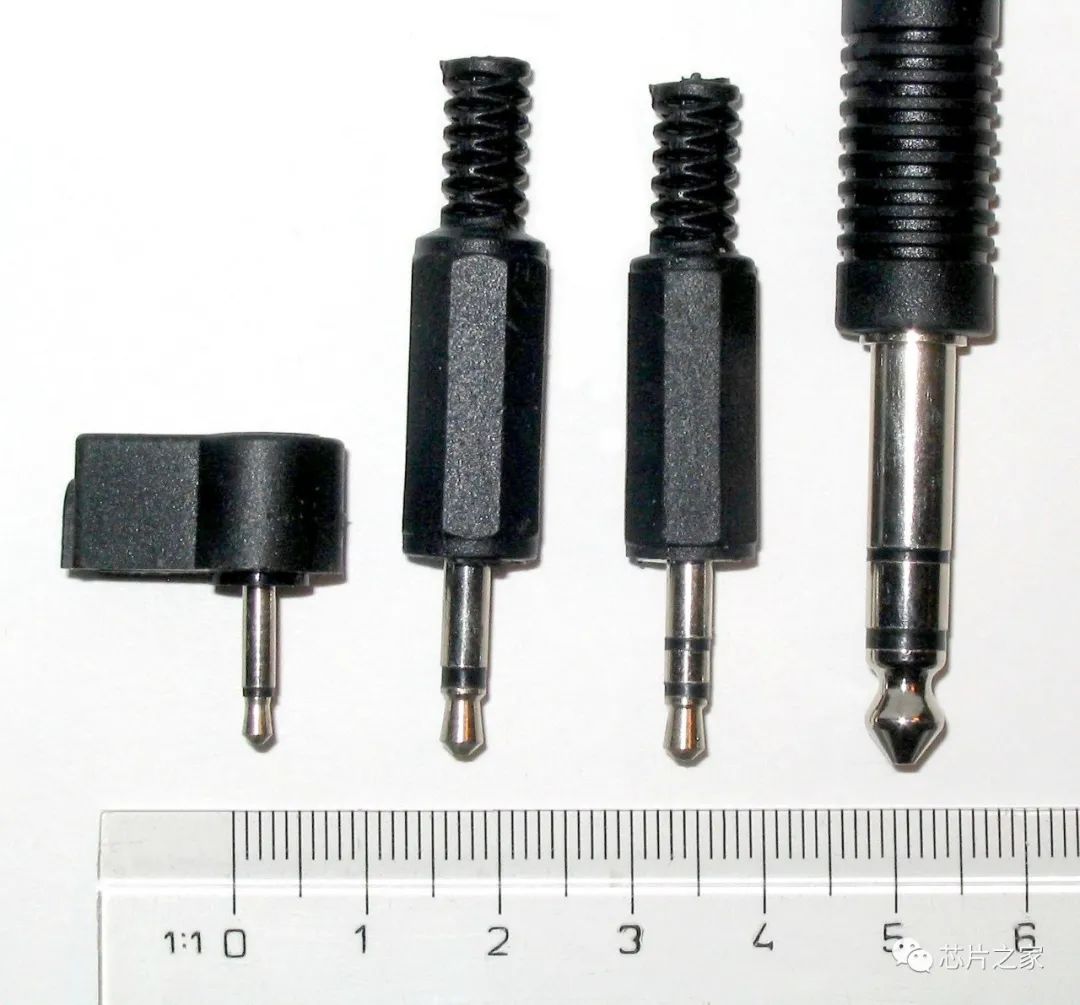
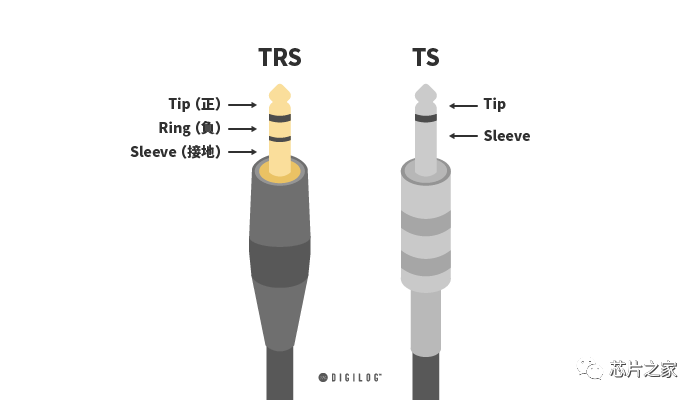
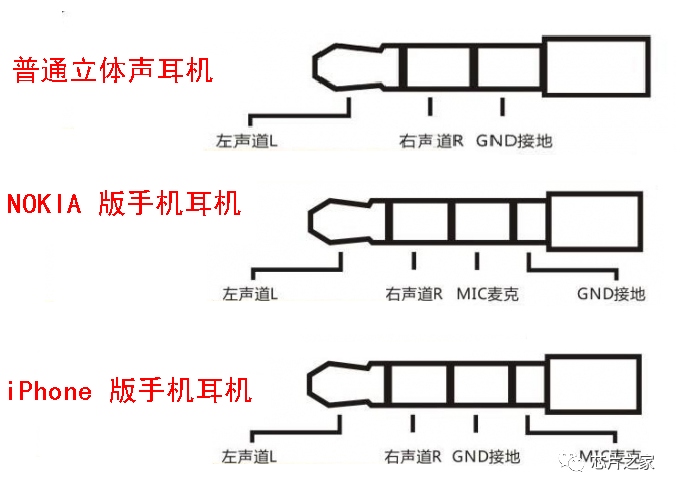
However, let’s not act as if TRRRRRRRS doesn’t exist, here comes the extended version:
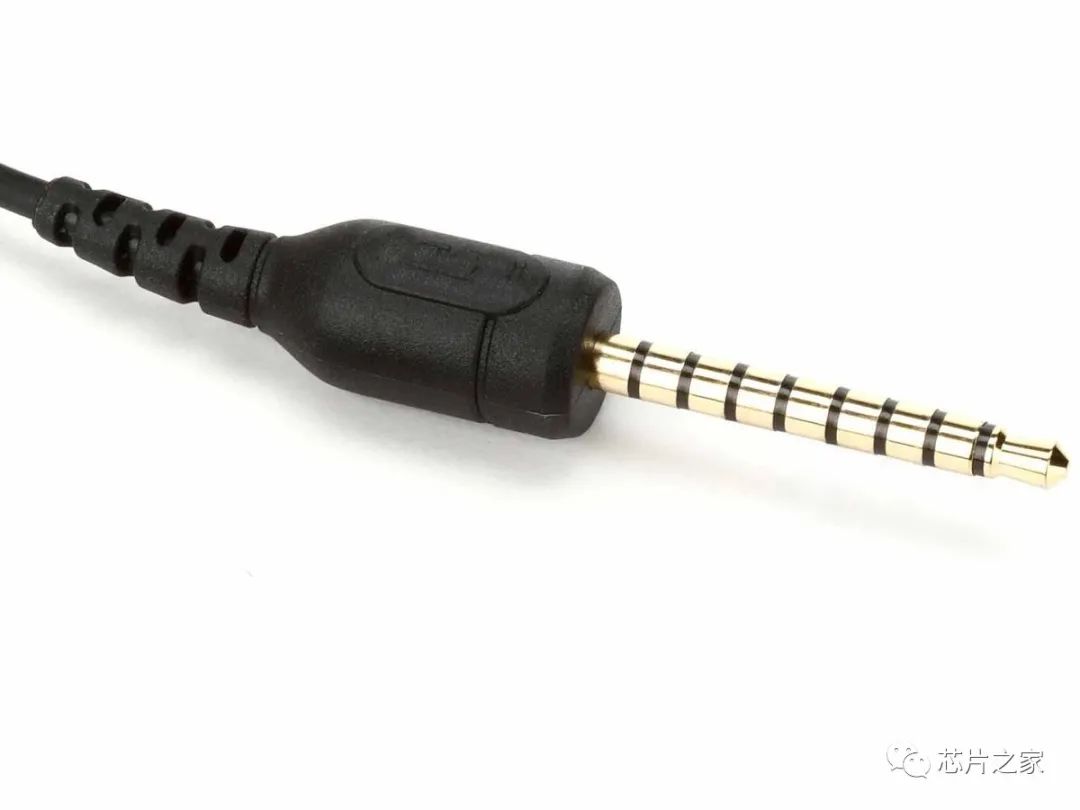
03 Beautiful Programming Pads
When leaving programming pads on a PCB, do you usually have a row of through holes or a row of pads on the top or bottom layer for programming? Actually, it can be designed to be more aesthetically pleasing. Someone has designed a “claw-shaped” programming pad, which, although it has no practical function, looks quite innovative.
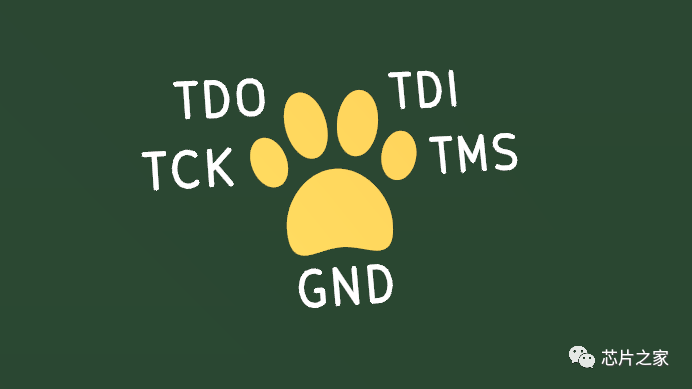
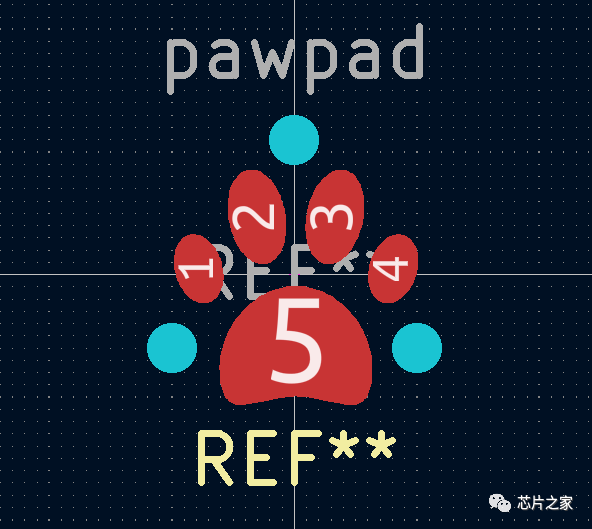
04 A Huge Capacitor
A 100000uF/80V capacitor, which is 0.1F, let’s see how big it is. What is the largest capacitor you have ever used?
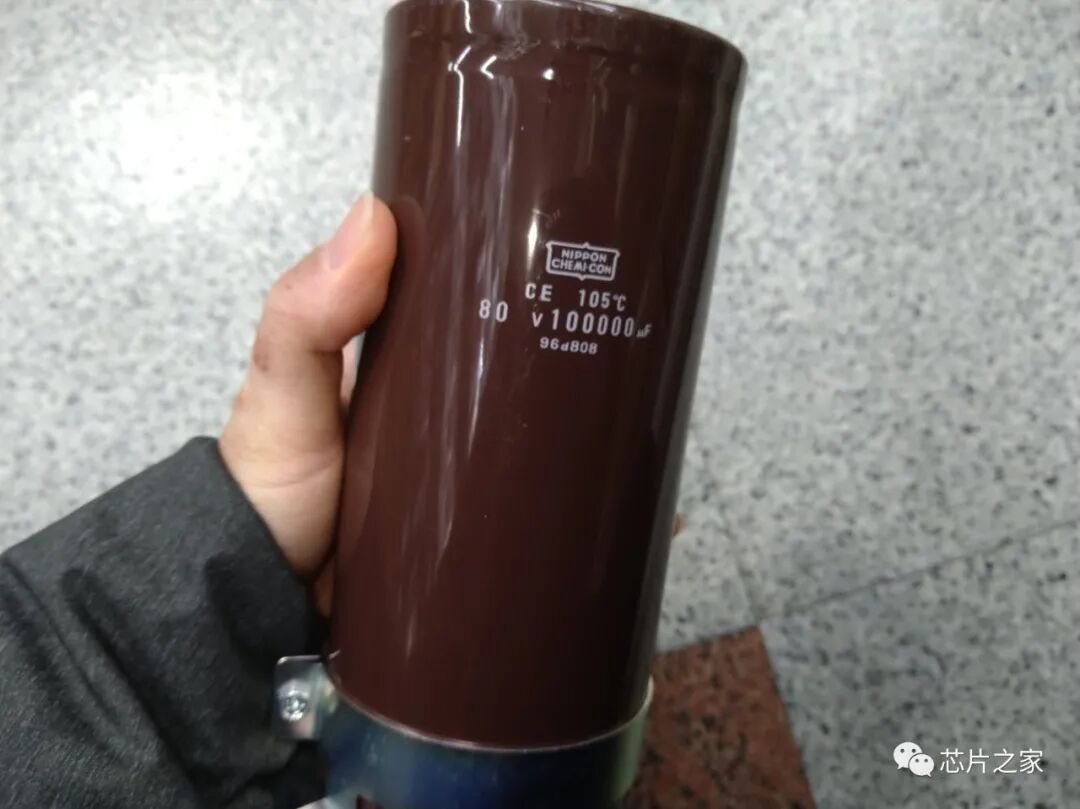
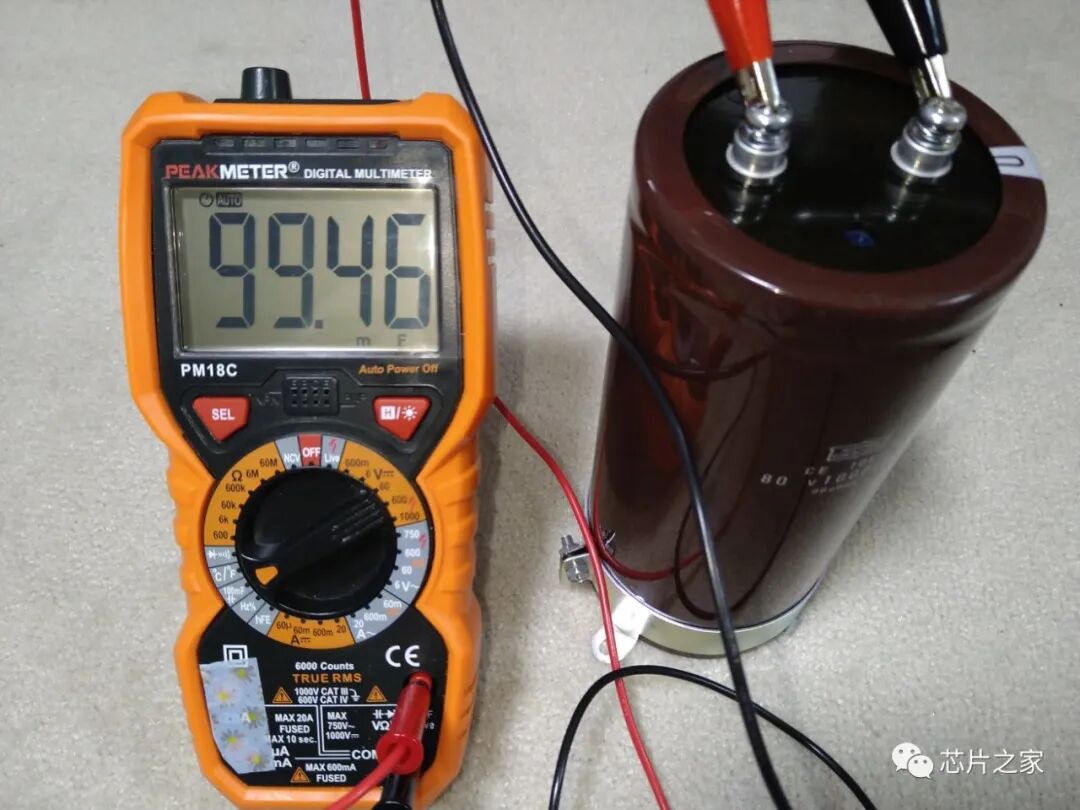
05 Moving Magnets on PCB
Moving magnets on the PCB track, the deployed stepper motor finally derailed…
06 PCB is Like an Onion
When designing PCBs, there are many layers: top layer, bottom layer, middle layers, silkscreen layers, etc. If we use special methods to peel apart the different layers of the PCB, we will find that it really is like an onion, layer upon layer. Do you know what the following image shows from top to bottom?
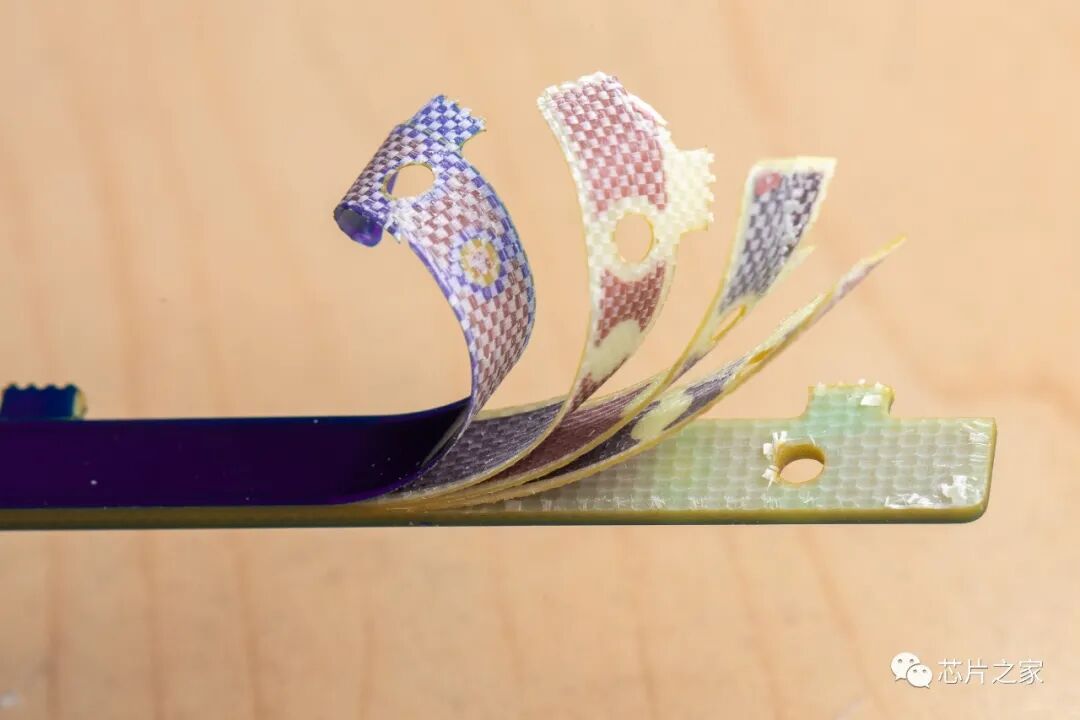
07 2512 vs 01005
Do you see the two resistors next to my coffee cup? Let me zoom in so you can see them. Sizes: 2512 and 01005, 1W and 1/32W
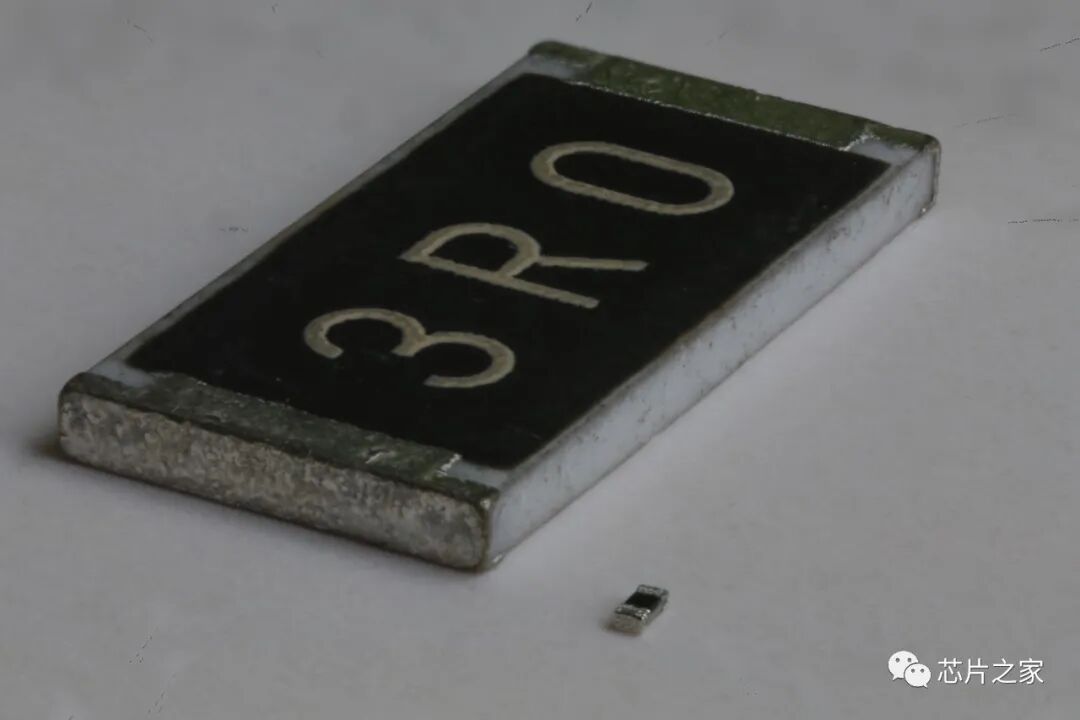

08 Some Flying Wires
Flying wires from the chip are back again. Why do they love to fly so much? They keep challenging themselves.
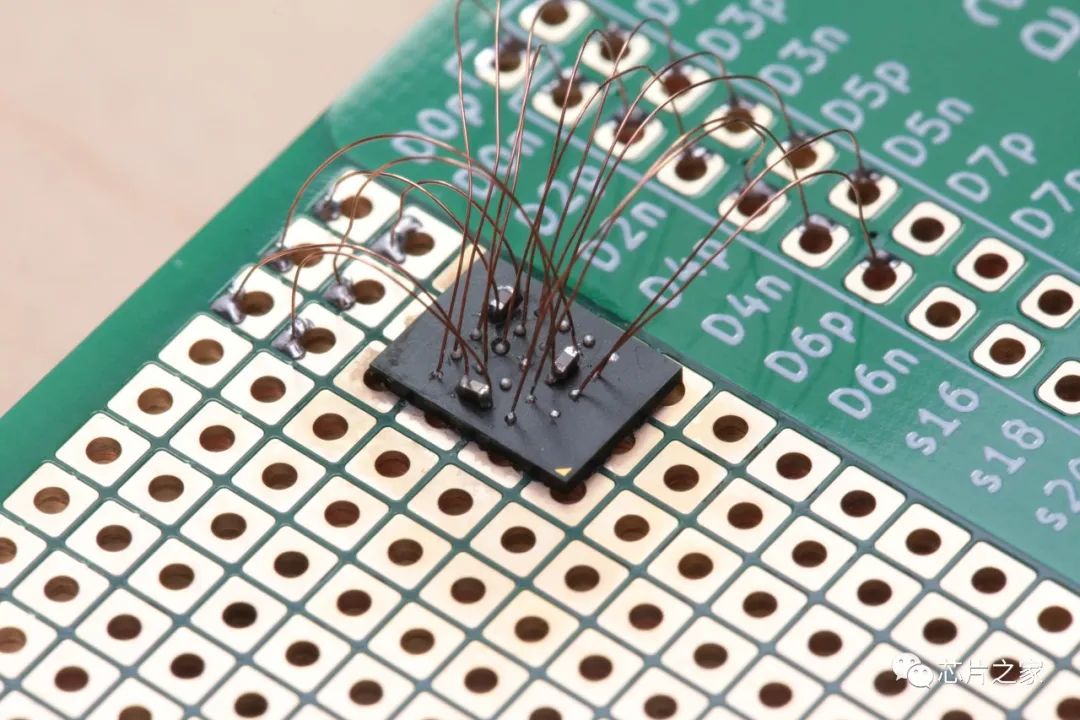
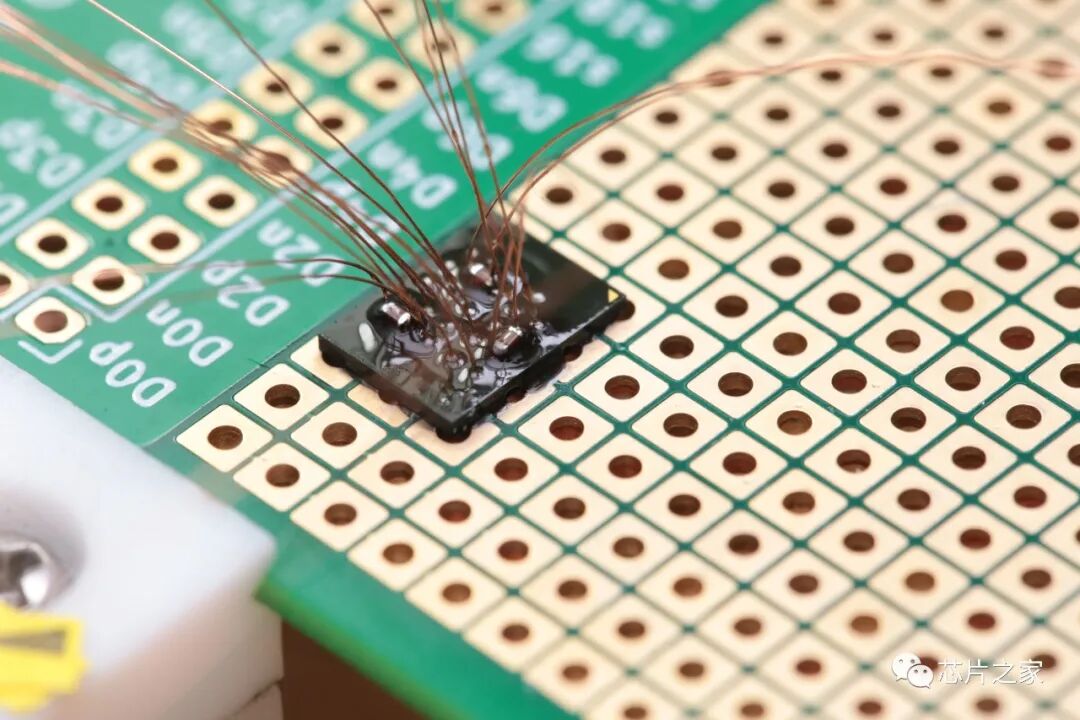
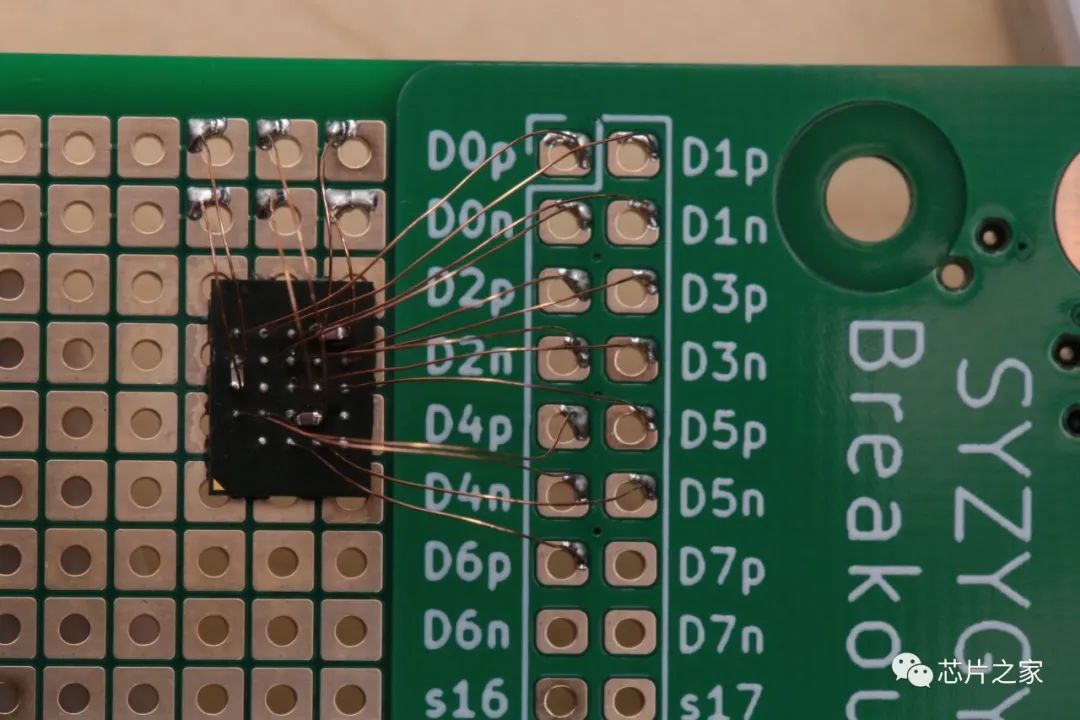
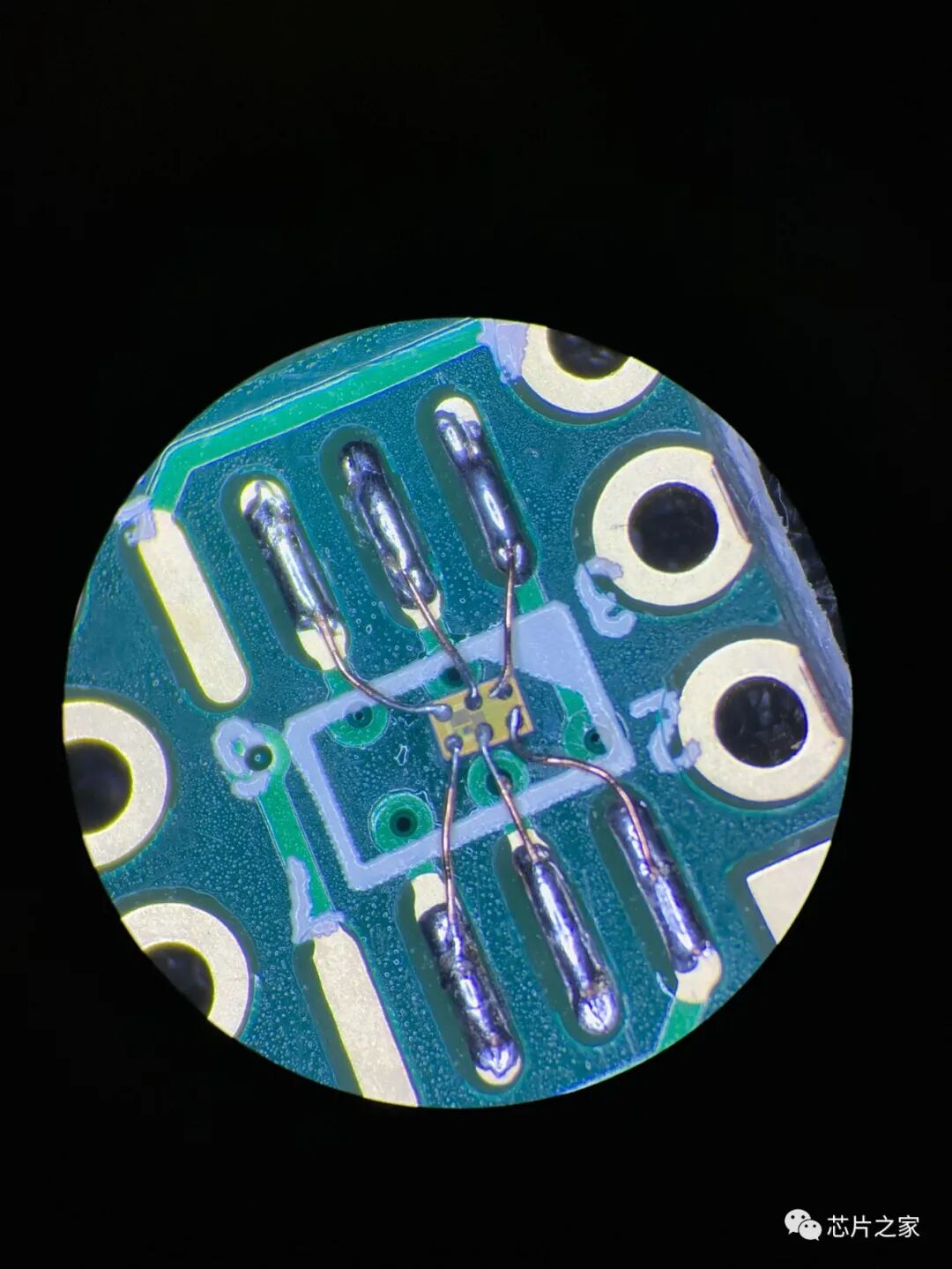
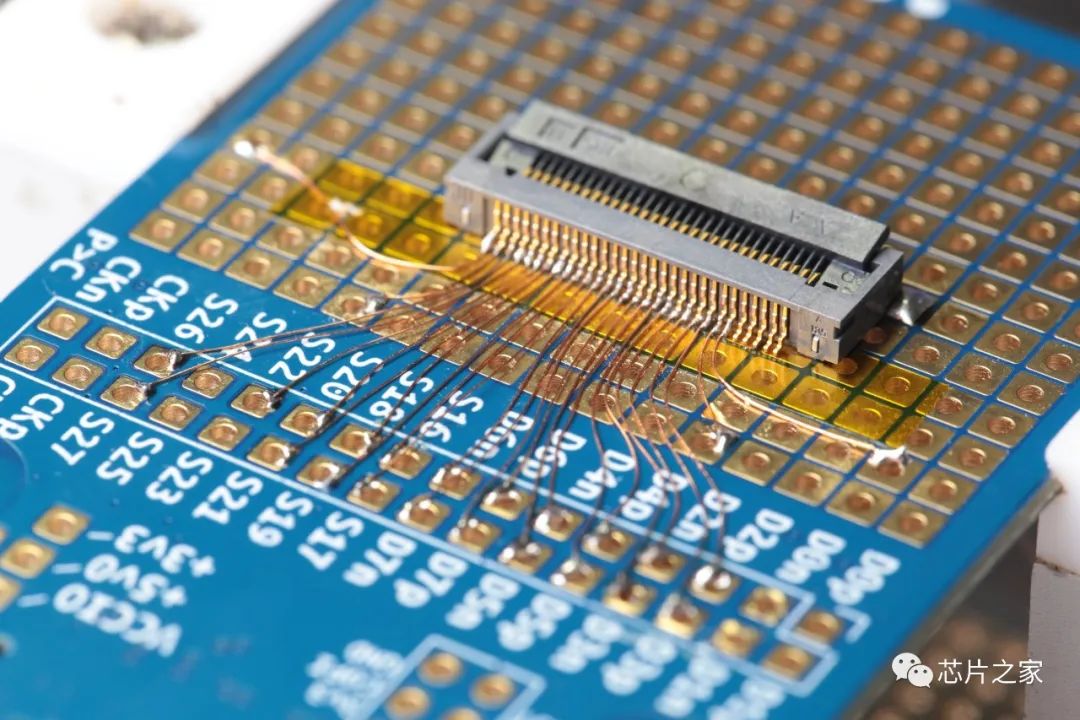
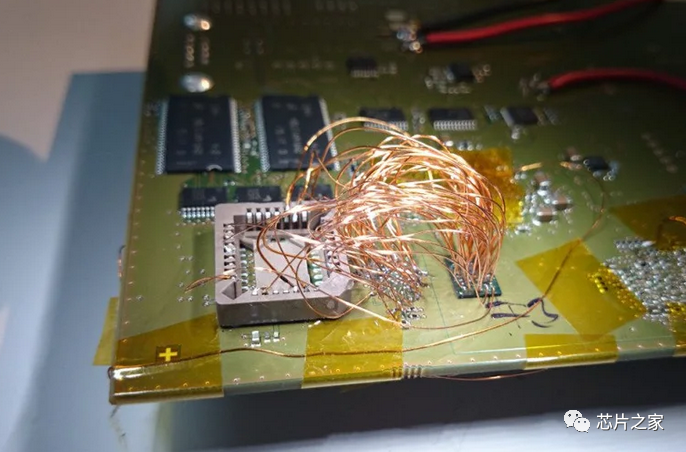
09 Can You Repair CPU Pins?
10 A Soldering Iron Used for Years
What does it feel like to sleep with a soldering iron? What kind of mentality do you think this represents?
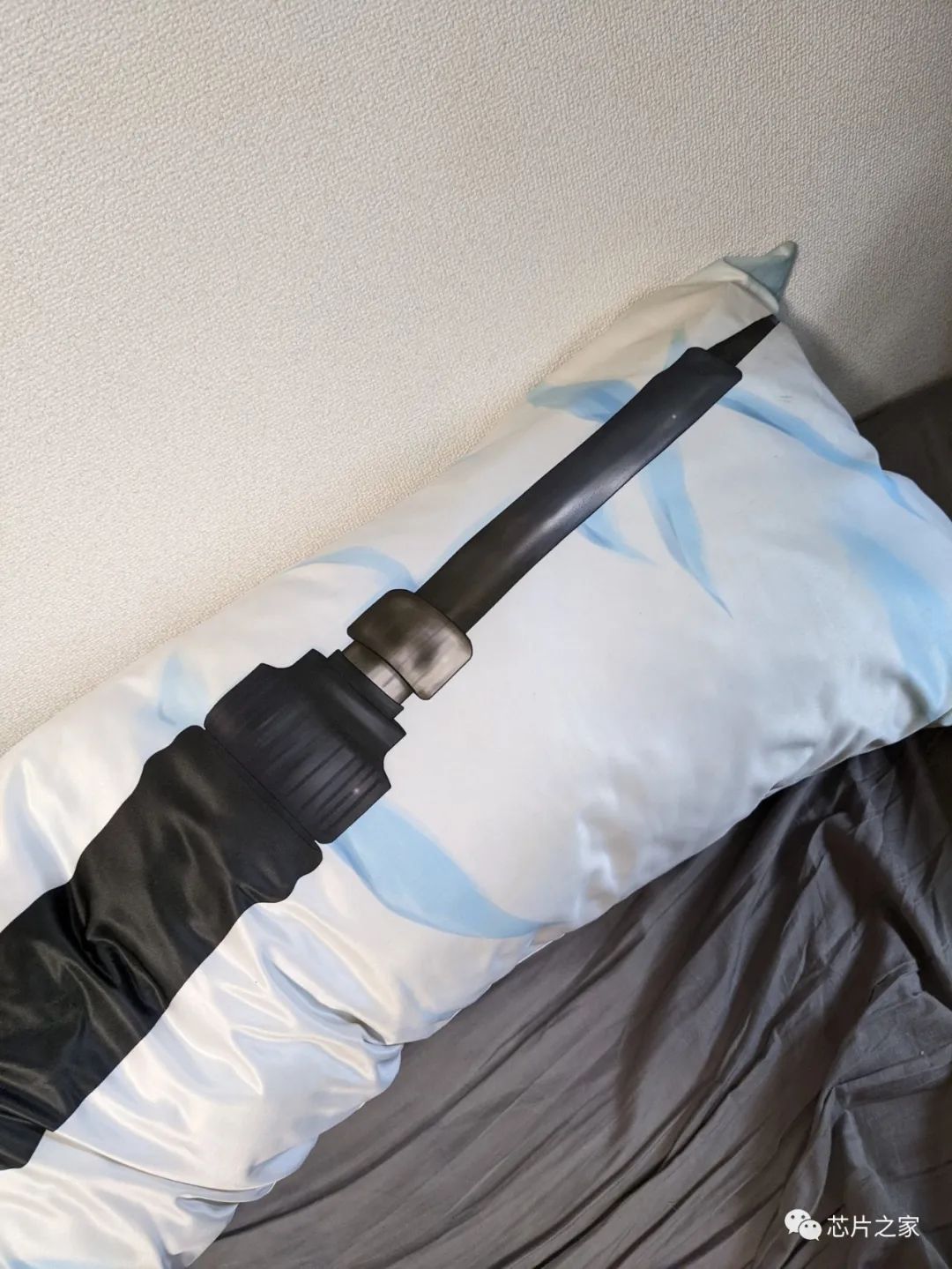
Also, there are CPU pillows. Do you remember the bulging lithium battery pillows we shared in previous issues?
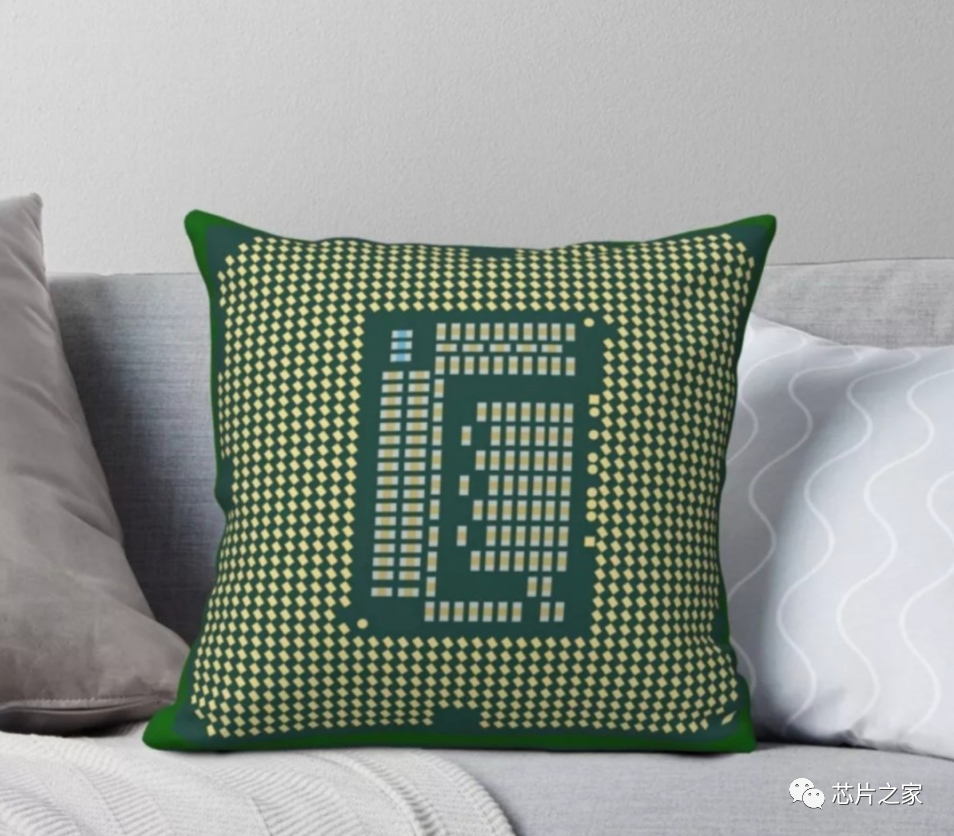
Here are some interesting images and texts to share with everyone to lighten the mood. Chip Home is dedicated to helping everyone relieve stress once a week! We hope everyone enjoys learning about electronic hardware and software! Your likes and shares are the best motivation for me to continue creating!